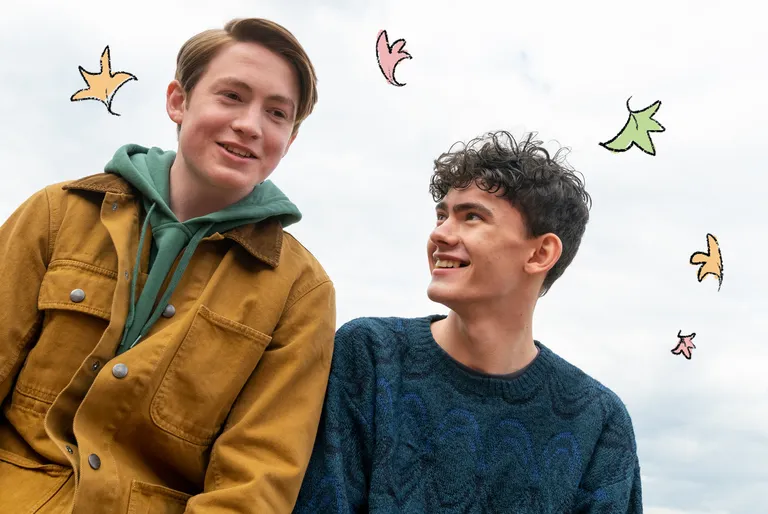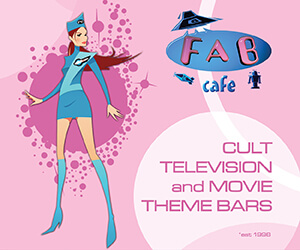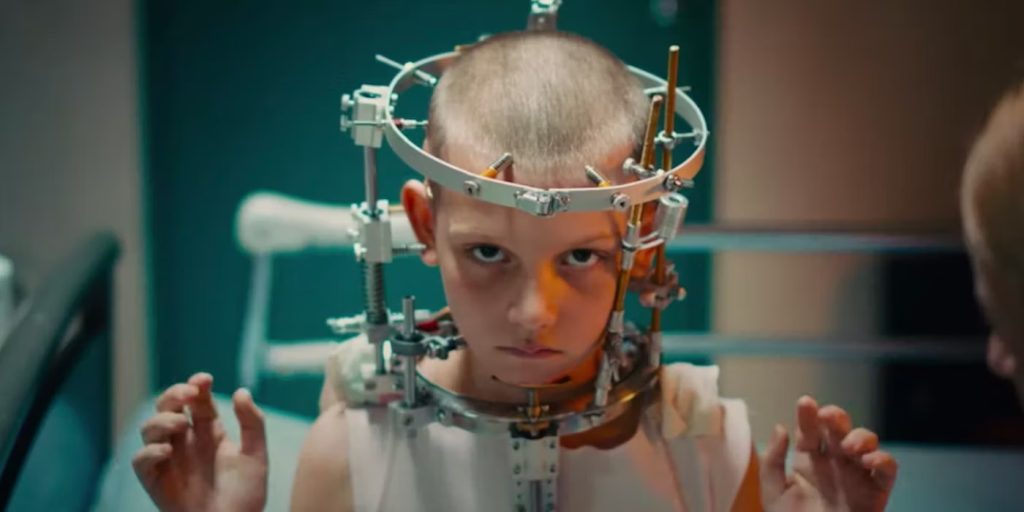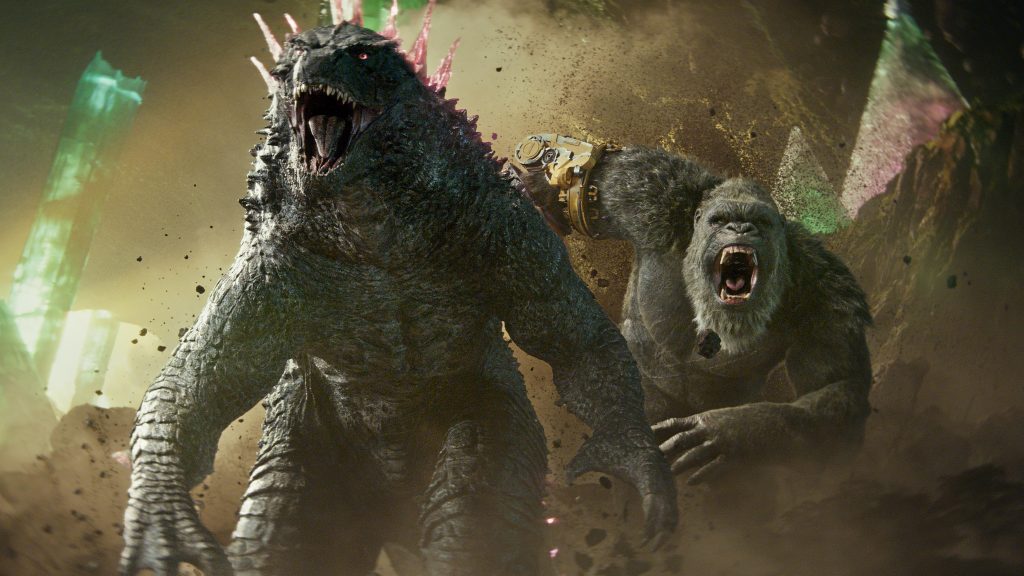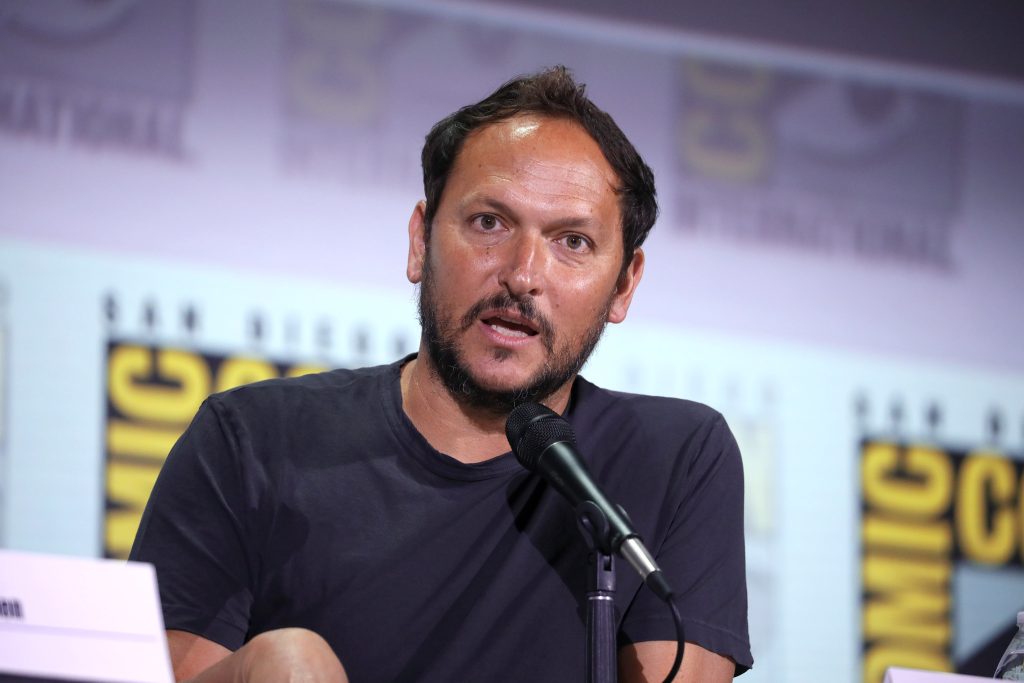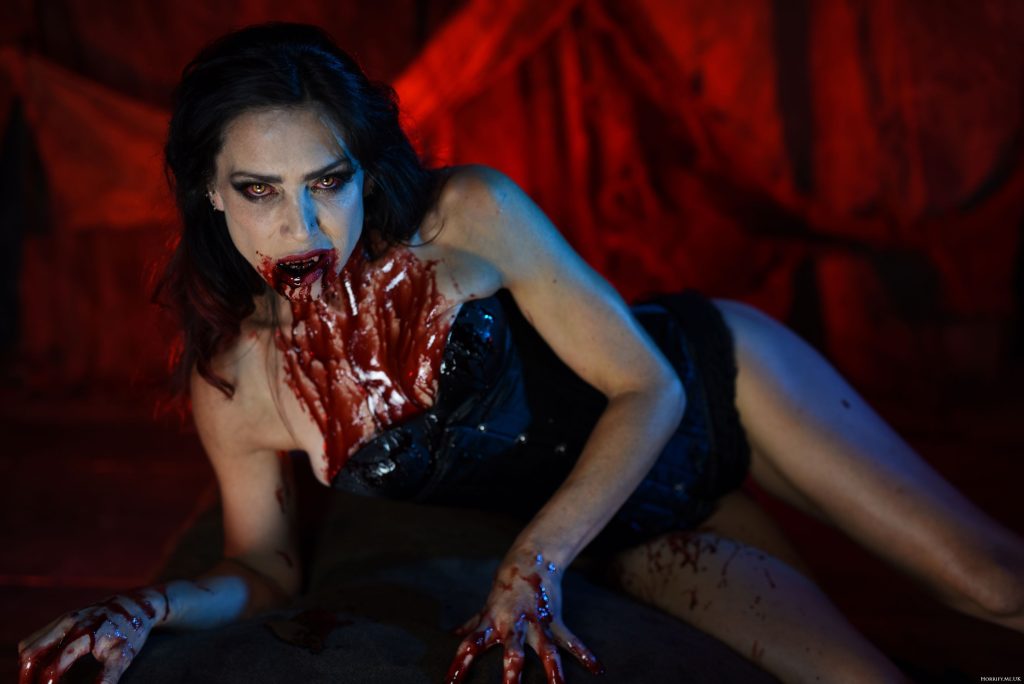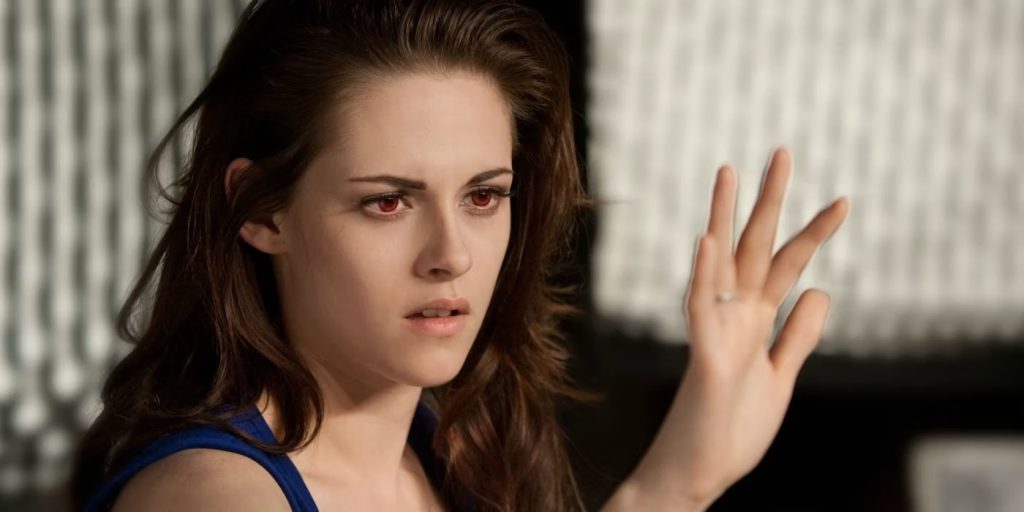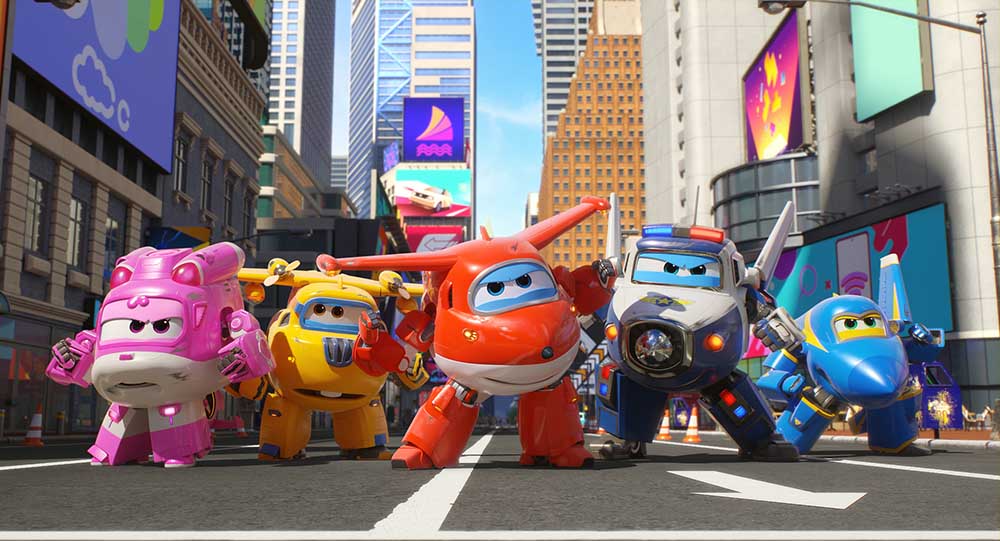Heartstopper, recently released on Netflix, is an adaptation of Alice Oseman’s webcomic, which was reprinted as a graphic novel, and took the publishing world by storm. The television series is based on the first three ‘episodes’ of the original webcomic, which correspond to volumes one and two of the graphic novels. It’s fair to say that this adaptation was a very big deal amongst the story’s very loyal fandom, and has led to the frequent invocation of the fan mantra: “please let it not be shit”. Luckily for the legion of fans, the adaptation is in safe hands: Oseman has stayed involved and has written the screenplay; Euros Lyn (Doctor Who; Torchwood) directs.
This is the story of Charlie and Nick, and how they fall in love. It’s set in Kent, in the modern day, and for this adaptation, the world of the story has been expanded slightly, so that we learn more of the other characters, who are given more to do, and realised more fully than in the hyper-focused original. Crucially, the adaptation has retained Charlie being in Year 10 of Truham Grammar School and Nick is a year above him in Year 11, making them 14 and 16 when the story begins. The casting team has managed to cast a group of young actors who both look remarkably like the drawn originals, and who are actually still teenagers themselves.
Newcomer Joe Locke, who auditioned from his home in the Isle of Man, gives an assured performance as Charlie, opposite Kit Connor (Rocketman; His Dark Materials; Rocket’s Island) who shines as the conflicted Nick, experiencing what he initially thinks is a ‘gay crisis’, before he arrives at the realisation that he’s bisexual. Refreshingly, Nick realises that he likes boys generally, and Charlie specifically, as Oseman avoids the ‘just this boy’ trap which is invoked so frequently in queer romance stories. As this is plainly aiming to be a landmark production of British television, Stephen Fry (The Sandman; Dangermouse) makes an audio appearance as the continually bemused headmaster of Truham, and Olivia Colman (Hot Fuzz; The Five-ish Doctors Reboot) appears as Nick’s mum.
Pleasingly, this adaptation has retained the aesthetic of the original webcomic beautifully. It does this by playing with the expectations and conventions of television story-telling. There are shots arranged as if they were frames from the comic, and animated birds, hearts and leaves are incorporated into the visual imagery at symbolic moments in the narrative. There’s also a carefully considered and deftly realised use of colour, with Nick and Charlie symbolised in bold yellows and blues. Lighting in key scenes also conveys truths about the characters, often before they’ve realised them themselves. The production looks stunning, and again, the set designers and creatives have realised a set of environments that are wholly faithful to Oseman’s original drawings.
The major change, other than the added focus on other characters, is the addition of a significant amount of dialogue, and some carefully curated musical choices. Oseman’s comic frames tend towards a lightness of lettering, as the reader is more often invited to infer the narrative development and the development of character arcs from the images and the symbols littered throughout her drawings. Here, there’s an additional amount of ‘tell’ added to the ‘show’, and its credit to Oseman’s additional experience as a novelist that this avoids feeling clunky.
This version also continues the excellent LGBQT+ representation of the original. Indeed, the only casualty from the original is some of the stronger language used by Nick. The graphic novels are published by Hodder Children’s Books, and we do feel that this is suitable family entertainment for all ages – yes, this is a romance, and there is a lot of kissing between Charlie and Nick, but by the end of the narrative, Charlie is still only 15, and Oseman has been very careful to ensure that none of her story can ever be regarded as ‘Not Safe For Work’. This is a sweet and endearing story of ‘boy meets boy’, as they try to cope with the struggles of their own sexualities, first love, and GCSEs.
Heartstopper is available to stream now on Netflix.
The graphic novels, currently in four volumes, are available from all good booksellers, and the webcomic can be found on Tapas.

